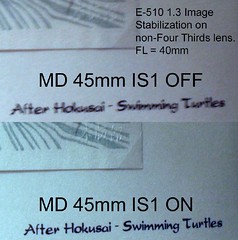Farm Foody: A Social Network Connecting Independent Farms to People
We believe a social network increases the economic leverage for the independent farm. A catalog of farms or an individual farm homepage does not change the economic leverage of a farm. A social network gives the small farm leverage in a big agriculture economy in two principle ways: by helping farmers manage their relationships with customers more efficiently and generating a more effective marketing presence through the social networking experience.
The independent farmer must create a close relationship with the customer, similar to the relationship an artisan baker or butcher has with their customers. This involves effort, which our website seeks to reduce to a manageable level and leverage for marketing effect. We hope by providing a means to relate directly with consumers as a “personal farmer” your farm can compete in a small farm economy becoming dominated by high end, specialty products.
A social network provides benefits to both farmer and consumer. When people are members of a social network, they automatically generate a marketing presence for you through normal activities they find beneficial. This presence is much larger than any standalone website, catalog or advertisement could provide, since it includes all of the people who are friends of your farm and their friends, and so on. These indirect effects are difficult to enumerate, just as the fertility of the soil is hard to explain, but the effects are there for all to see. We all recognize fertile soil when we see it by the vibrancy of the plants growing in it. The social network is like the soil a plant grows in.
When people visit a social networking site, they will ordinarily explore the site through following relationships with “friends.” In a social network, anyone can be a friend of another member. In this manner, they often find other members to become friends with who they might never have found through searching. This process is similar to “word of mouth” in the real world, where people ask their friends where they bought their produce. This phenomena drives new customers to your farm without the farmer being required to do anything.
Unlike a catalog of farms, even with a locality search, the social network draws people in and keeps them there with an activity, it gives them a stake in the farm and in their own presence on the site, which benefits them and the farms they affiliate with. Your “profile” (presence) on the site becomes a place for customers to return to for the latest information on your farm. A customer's profile becomes a way to share their own interests (along with your farm) with others. When you post a bulletin (like a classified ad), it automatically flows out to friends of your farm. Non-farm members can even use the network to promote themselves.
The social network involves people with the life of the farm. Interest in agriculture has never been greater. The farm is an exotic location for agricultural tourism. Organic food is an established product. Eating local has never been more attractive to the consumer. With books like Omnivore's Dilemma, and the recent anxiety and uncertainly about imported foods, people are more likely than ever to wonder where their food comes from. Farm Foody leverages this social change for you.
Our experience at Hollin Farms helped us to design an online service mindful of the needs of farmers. We understand the farmer does not have time to sit at the computer figuring out how to update their information. Our goal was to make using our site as simple and immediate as possible in order to reduce the time and effort you spend answering customer's questions, keeping your customers up to date on availability of produce, and the like. We believe the Internet can play a vital role in helping the independent farmer survive and prosper in the 21st century.
Labels: farm, farming, food, network, social, social web, webtwopointoh

